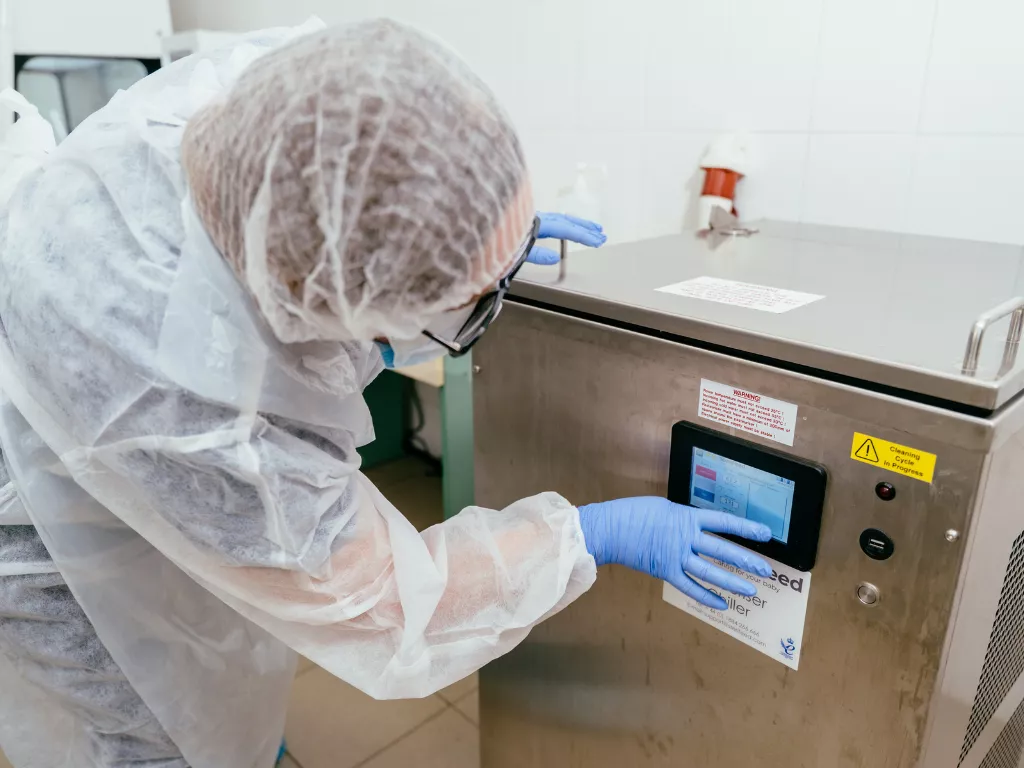Explicit Dynamics: Simulating High-Speed Events in Modern Engineering
Objects can experience fast and sudden events like crashes, explosions, and material failures. In these situations, objects experience rapid changes in stress, strain, and deformation within a short time. Traditional simulation methods often struggle with these scenarios because they require a lot of computing power and may not handle complex changes well. That’s where explicit dynamics comes in - it allows engineers to simulate these extreme conditions more effectively and accurately. With today’s computing power, explicit dynamics has become a game-changer in industries such as automotive, aerospace, and defence, where safety, reliability, and performance depend on accurately predicting high-speed events.

Understanding Explicit Dynamics
Explicit dynamics is based on Newton's second law of motion: F=M*a , which states that force equals mass times acceleration. Unlike other simulation methods that solve equations in multiple steps, explicit dynamics calculates results directly at each time step. It typically uses a technique called the central difference method to update motion data, making the process faster and more efficient.
One key factor in explicit dynamics is the time step size. To keep the simulation accurate, the time step must be very small - often smaller than the time it takes for a wave to travel across the smallest element in the model. This ensures numerical stability and precise tracking of rapid changes, such as material deformation or impacts.
To make the simulations realistic, explicit dynamics also includes material models. These models describe how materials behave under different conditions - whether they stretch, bend, crack, or break. For example, a metal might behave elastically (returning to its original shape) under small forces but plastically (permanently deforming) under larger forces. By incorporating these behaviours, explicit dynamics can predict real-world outcomes with high precision.
Explicit dynamics is especially useful for:
- Simulating large deformations and fractures in materials
- Handling sudden impacts and high-speed interactions
- Analyzing contact between multiple objects
Recent Developments in Explicit Dynamics
Explicit dynamics has significantly improved in recent years, thanks to advancements in computing technology and simulation techniques. One major trend is the integration of explicit dynamics with other simulation techniques, such as fluid dynamics or thermal analysis. This allows engineers to study complex, real-world scenarios where multiple physical phenomena interact. For example, simulating how a car’s airbag inflates during a crash requires modelling both the material dynamics and the internal gas flow; something explicit dynamics now handles with remarkable precision.
Some of the key trends include:
- Artificial Intelligence (AI) and Machine Learning: AI is being used to optimize simulations, reducing computation time and improving accuracy.
- Adaptive Meshing: This technique adjusts the simulation model dynamically, ensuring accuracy while reducing computational effort.
- GPU Acceleration and Parallel Processing: Modern explicit solvers take advantage of powerful graphics processing units (GPUs) and multi-core processors to handle complex simulations faster.
- Hybrid Simulation Methods: Some simulations combine explicit and implicit methods to leverage the strengths of both approaches, allowing for more comprehensive analysis.
- Better Material Models: Improved understanding of material behaviour allows for more accurate predictions of failures, fractures, and responses to extreme conditions. As new materials like composites and high-strength alloys are developed, explicit dynamics has adapted to include models that accurately predict their behaviour under extreme conditions.
Applications of Explicit Dynamics in Industry
Automotive Industry
One of the most common uses of explicit dynamics is in crash testing. Car manufacturers use simulations to model vehicle collisions, helping them design safer vehicles and meet safety regulations. These models also allow for testing of seatbelt efficiency, airbag deployment, and pedestrian safety; all while reducing the cost and time of physical crash tests.
Aerospace and Defence
Explicit dynamics plays a critical role in aerospace and defence, where high-speed impacts and explosions need to be analysed. It helps in evaluating:
- Bird strikes on aircraft windshields and engines
- Projectile penetration and Armor performance in military applications
- Explosion effects on buildings and structures
Manufacturing and Metal Forming
In manufacturing, explicit dynamics helps optimize processes like:
- Sheet metal forming: Predicting how metal will bend, stretch, and return to shape after being stamped or pressed.
- Forging and welding: Understanding material flow and thermal effects during metal shaping.
- Machining and cutting: Simulating how tools interact with materials to improve efficiency and precision.
Civil Engineering and Infrastructure
Explicit dynamics is used to study how buildings, bridges, and tunnels respond to extreme events like earthquakes, explosions, and vehicle collisions. Engineers use these simulations to design stronger, safer and more durable structures.
Biomechanics and Medical Applications
In medicine, explicit dynamics is used to study:
- Injury mechanisms: Understanding skull fractures, brain injuries, and the effects of sudden impacts.
- Prosthetics and implants: Evaluating how artificial joints and medical devices behave under stress.
- Surgical simulations: Assisting in the design of tools and techniques for safer procedures.
Conclusion
Explicit dynamics is a vital enabler of innovation tool for solving fast-moving, high-energy problems across various industries. Its ability to handle extreme conditions, rapid deformations, and complex material behaviours makes it essential for modern engineering. From reducing crash test costs to improving medical device safety, explicit dynamics delivers the insights engineers need to design safer, smarter, and more efficient products. As technology advances, explicit dynamics continues to evolve, incorporating new materials, multi-physics approaches, and cutting-edge computing techniques with continuous improvements in computing power and simulation techniques. For companies aiming to stay ahead, mastering explicit dynamics isn’t optional, it’s a competitive advantage.
Services We Offer (FEA):
- Thermal Simulation
- Shock/Impact/Drop Analysis
- Structural and Strength Analysis
- Fatigue Analysis
- Compliance Support
- Root Cause Analysis
This blog is authored by Its Shashank Jain, Senior Mechanical Engineer at Decos.
Decos is a cutting-edge technology services partner ready to meet your diverse needs across various industries, including the medical domain. If you have a question about one of our projects or would like advice on your project or a POC, contact Devesh Agarwal. We’d love to get in touch with you!
Discover more

The Future of Labelling: AI and Automation in Regulatory Compliance


